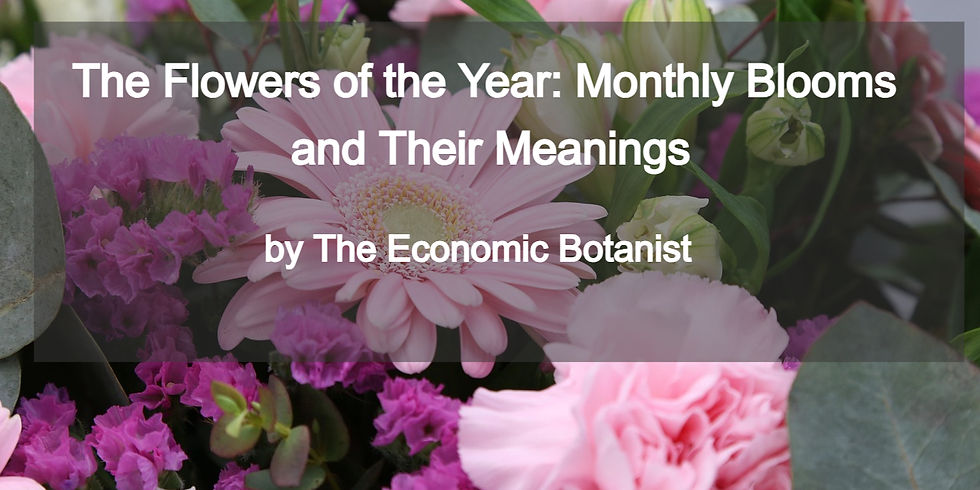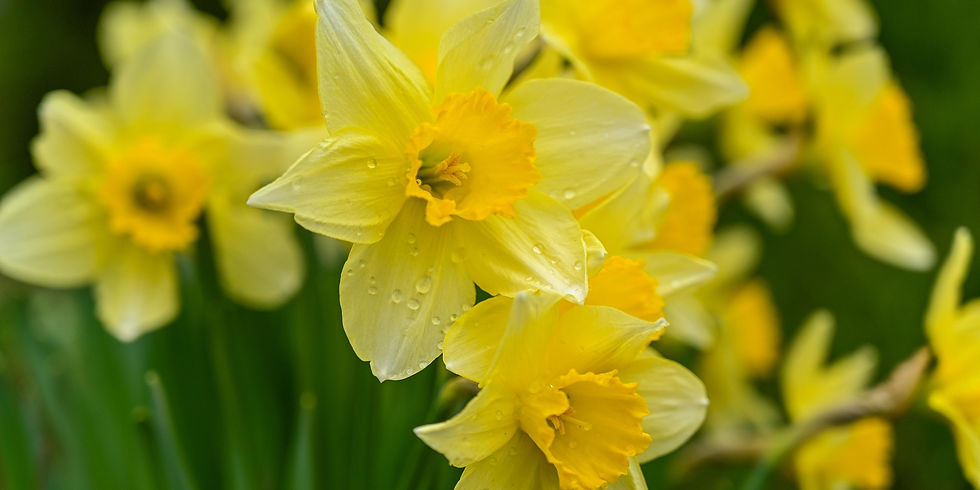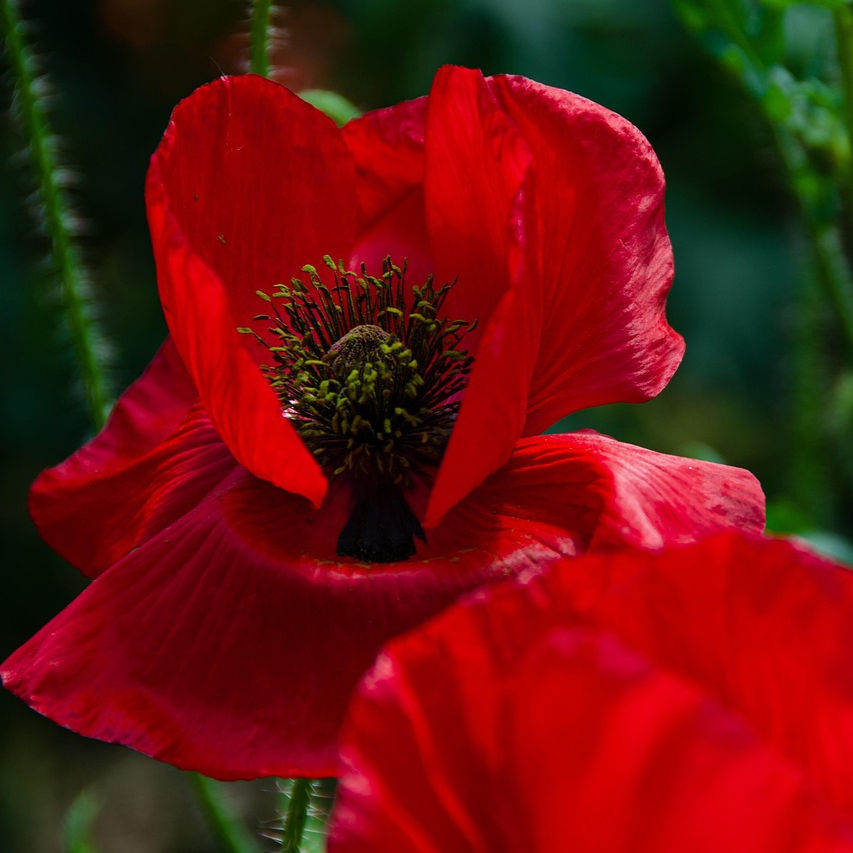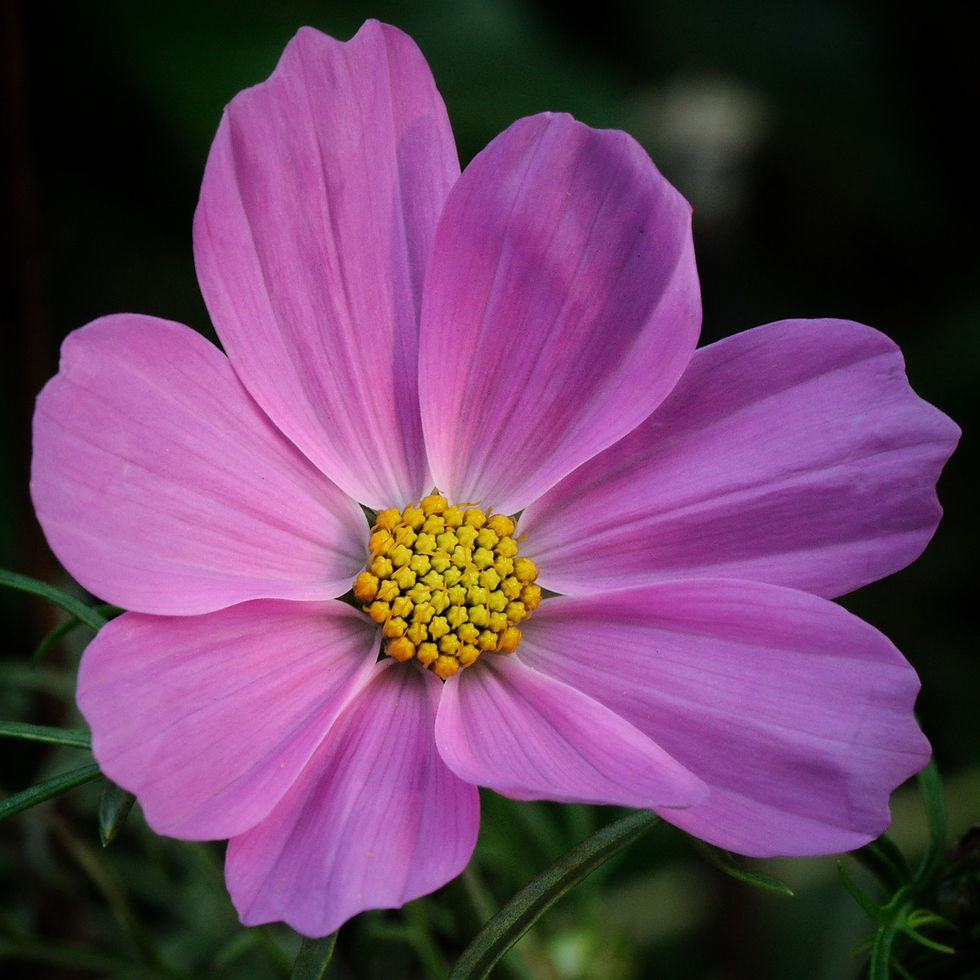The Flowers of the Year: Monthly Blooms and Their Meanings
- The Economic Botanist

- Aug 17
- 6 min read
This article is about the flowers connected to each month of the year — their meanings, cultural stories, and why they matter to us.

“Every flower tells a story — a timeless message rooted in the seasons, waiting to bloom in our hearts.” – The Economic Botanist
If you’ve ever received flowers on your birthday, you might have noticed they’re often specific to the month you were born in. These are called birth month flowers — special blooms linked to each calendar month. But did you know these flowers carry rich cultural, social, and symbolic meanings that go way beyond decoration?
This article dives into why flowers are connected to the months of the year, how they symbolize different emotions and values, and how people around the world have used these floral symbols to celebrate life, love, and traditions. Whether you want to choose the perfect birthday bouquet, learn about flower meanings, or simply satisfy your curiosity, we’ll walk through the year one flower at a time.
Why Flowers Are Symbolically Connected to the Calendar
You might be wondering: why do flowers get tied to months at all? The tradition dates back thousands of years. Ancient cultures like the Romans created flower calendars that matched blooms with times of the year. Flowers became symbols for different seasons, emotions, or even gods and goddesses.
Later, during the Victorian era, “floriography” — the language of flowers — blossomed as a way to send secret messages. Each flower had a meaning, and knowing that language was like speaking in a floral code. Birth month flowers grew from this idea, linking people’s birthdays with flowers that represented qualities or hopes for that person.
These floral associations also tie in with astrology and the zodiac. Just as your zodiac sign influences personality traits, your birth flower reflects emotions, seasons, or symbolic meanings connected to the time you arrived in the world.
The Flowers of the Year Guide: Symbolism and Meaning
Let’s explore each birth month flower. We’ll cover what it symbolizes, a bit about its cultural background, and how people use it socially.
January – Carnation & Snowdrop
 |  |
Symbolism: Love, fascination, rebirth
Why: Carnations are one of the oldest cultivated flowers, symbolizing deep love and fascination. Snowdrops bring hope, often seen as the first sign of winter’s end.
Culture & Social Use: Carnations are popular on Mother’s Day, and snowdrops signal new beginnings during cold months. Both flowers represent endurance and warmth in chilly times.
February – Violet & Primrose
 |  |
Symbolism: Modesty, truth, eternal love
Why: Violets symbolize loyalty and faithfulness, while primroses convey youthful love and protection.
Culture & Social Use: These flowers have roots in ancient Greece and were often linked with the goddess of love. Violets especially appear in Valentine’s Day traditions.
March – Daffodil

Symbolism: Rebirth, new beginnings, hope
Why: The daffodil’s bright yellow petals embody the arrival of spring. It’s a symbol of renewal after winter’s dormancy.
Culture & Social Use: People use daffodils for Easter and spring celebrations, making them a hopeful sign of fresh starts.
April – Daisy & Sweet Pea
 |  |
Symbolism: Innocence, bliss, youth
Why: Daisies represent purity and new beginnings, while sweet peas convey delicate pleasure and gratitude.
Culture & Social Use: April is full of springtime events, and these flowers are common in weddings and baby celebrations.
May – Lily of the Valley & Hawthorn
 |  |
Symbolism: Humility, motherhood, hope
Why: Lily of the valley stands for sweetness and humility, often linked with motherhood. Hawthorn symbolizes hope and fertility.
Culture & Social Use: In many cultures, May is the month of spring festivals and honoring mothers, making these flowers popular gifts.
June – Rose & Honeysuckle
 |  |
Symbolism: Love, passion, devotion
Why: The rose is famous worldwide for representing deep love and beauty. Honeysuckle symbolizes devoted bonds and happiness.
Culture & Social Use: Roses dominate wedding bouquets and romantic gifts, while honeysuckle reminds us of friendship and joyful memories.
July – Larkspur & Water Lily
 |  |
Symbolism: Lightness, dignity, peace
Why: Larkspur expresses positivity and grace; water lilies symbolize peace and purity, growing in calm waters.
Culture & Social Use: These flowers often appear in summer festivals and are given to express admiration.
August – Gladiolus & Poppy
 |  |
Symbolism: Strength, remembrance, integrity
Why: Gladiolus stands for strength and moral integrity, while poppies have become a symbol of remembrance, especially in wartime.
Culture & Social Use: Poppies are worn on Remembrance Day, and gladiolus is a popular birthday flower for August-born people.
September – Aster & Morning Glory
 |  |
Symbolism: Wisdom, love, patience
Why: Asters symbolize wisdom and valor; morning glories represent affection and the fleeting nature of life.
Culture & Social Use: These flowers mark the transition into autumn and are often used in harvest celebrations.
October – Marigold & Cosmos
 |  |
Symbolism: Warmth, creativity, remembrance
Why: Marigolds are known for their vibrant orange hues, symbolizing warmth and creativity. Cosmos stand for order and harmony.
Culture & Social Use: Marigolds are integral to Day of the Dead (Día de los Muertos) in Mexican culture, honoring ancestors.
November – Chrysanthemum

Symbolism: Loyalty, longevity, grief
Why: Chrysanthemums represent fidelity and lasting life but also mourning in some cultures, especially in Asia.
Culture & Social Use: Widely used in funerals and memorials, chrysanthemums also symbolize honor and respect.
December – Narcissus & Holly
 |  |
Symbolism: Hope, purity, festivity
Why: Narcissus is linked with rebirth and renewal, while holly represents protection and festive cheer.
Culture & Social Use: These plants are common in Christmas decorations and winter celebrations worldwide.
Bonus: How to Use Birth Month Flowers in Daily Life
You don’t have to wait for your birthday to enjoy your birth flower! Here are some ideas to bring these blooms into your everyday life:
Gifts: Surprise a friend or family member with their birth month flower for birthdays, anniversaries, or just because.
Decor: Add seasonal flowers to your home to celebrate the month and boost your mood.
Personal care: Incorporate flower scents or extracts into your skincare routine, inspired by your birth flower.
Events: Use flowers in weddings or special ceremonies to reflect meaningful symbolism.
Flower Symbolism Across Cultures
Flower meanings can change depending on where you are in the world. For example:
In Japan, the chrysanthemum is a symbol of the emperor and longevity, while in parts of Europe, it’s connected to mourning.
The rose is a symbol of love worldwide, but its color changes the message: red for passion, white for purity, yellow for friendship.
The marigold’s use in Día de los Muertos highlights how flowers carry spiritual and cultural weight beyond just their appearance.
Understanding these differences helps you appreciate the rich history and social roles flowers play globally.
FAQs
What flower represents each month?
Each month has traditional birth flowers, like carnation for January, violet for February, and so on, often with two flowers per month.
What is the most popular birth flower?
The rose, especially for June, is probably the most popular worldwide due to its strong association with love and beauty.
How are birth month flowers chosen?
They were historically assigned based on seasonal blooms and cultural traditions dating back to ancient calendars and Victorian flower language.
What do birth flowers symbolize?
They symbolize emotions, traits, and values connected to the time of year you were born, like hope, love, or strength.
Are birth flowers connected to zodiac signs?
Yes, many birth flowers overlap with zodiac flower traditions, linking astrology and floral symbolism.
The Bottom Line
Flowers aren’t just pretty plants; they’re rich symbols that connect us to history, culture, and one another. By understanding the birth month flowers and their meanings, you get to appreciate the deeper stories behind those petals. Whether you’re gifting a carnation in January or a chrysanthemum in November, you’re part of a tradition that has lasted for centuries.
Next time you see your birth flower, think about what it represents and how it connects you to the world around you. And why not bring a little of that meaning into your life today?
********************
If you enjoyed learning about birth month flowers, share this article with your friends or leave a comment telling me your favorite flower and why. And don’t forget to check back for more floral insights and seasonal guides!






Comments